Costs Rise But Cartridge Prices Fall – Berto Hits the Gutter
Costs Rise But Cartridge Prices Fall – Berto Hits the Gutter

A price war occurs when two or more rival companies lower the prices of their products or services with the goal of stealing customers from their competitors or gaining market share.
Price wars come at a significant, albeit temporary, cost since they decrease a company’s profit margins in the short term. If the company gains a sizable increase in market share, it can lead to more profitability in the long term, particularly if the competition is no longer a viable threat.
A price war is something most businesses in the West seek to avoid as it can mean disastrous consequences for those involved. Chinese companies have earned a reputation for starting price wars.
Many western companies know all too well that entry by a Chinese company into their market means a price war is coming with prices 30-50% lower than its closest competition.
Many question the rationality of Chinese companies to start price wars. However, such pricing strategies have and still can be part of an aggressive campaign to gain market share and still achieve corporate profit goals.
Indeed, price wars are considered to be a legitimate and effective marketing strategy by executives in China and it is not uncommon for executives to talk about the “business arena” as a “battleground”.
In fact, “strategy” in Mandarin, “zhàn lüè ( 战略 )” literally means “battle plans” or “combat strategies.”
No one should be surprised that businesses in a country where executives routinely draw strategic inspiration from Sun Tzu’s “The Art of War” may have a different perspective on “price wars.”
In Chinese domestic markets price wars have been a very effective strategy for gaining market share. In 1995,
IBM, Compaq, and HP were the three best-selling PC brands in China, but three years later, the top 5 PC brands
in China were all domestic Chinese manufacturers. Similarly, in 1999, China’s mobile phone market was dominated by foreign brands including Motorola, and Nokia and all local brands combined had less than 5% market share. Four years later, following intense price wars, the local brands had more than 50% market share. They fought their way to a high market share through price wars.
 Berto’s cartoon appears in the RT ImagingWorld magazine which can be downloaded for free. This particular edition focuses on price wars, costs and pricing.
Berto’s cartoon appears in the RT ImagingWorld magazine which can be downloaded for free. This particular edition focuses on price wars, costs and pricing.
Cartoon #111: Costs Rise But Cartridge Prices Fall – Berto Hits the Gutter
Berto’s previous cartoon #110: Controlling Static – Berto gets Stuck on Static
Who is Berto? And where can you see more of his work? Click here.

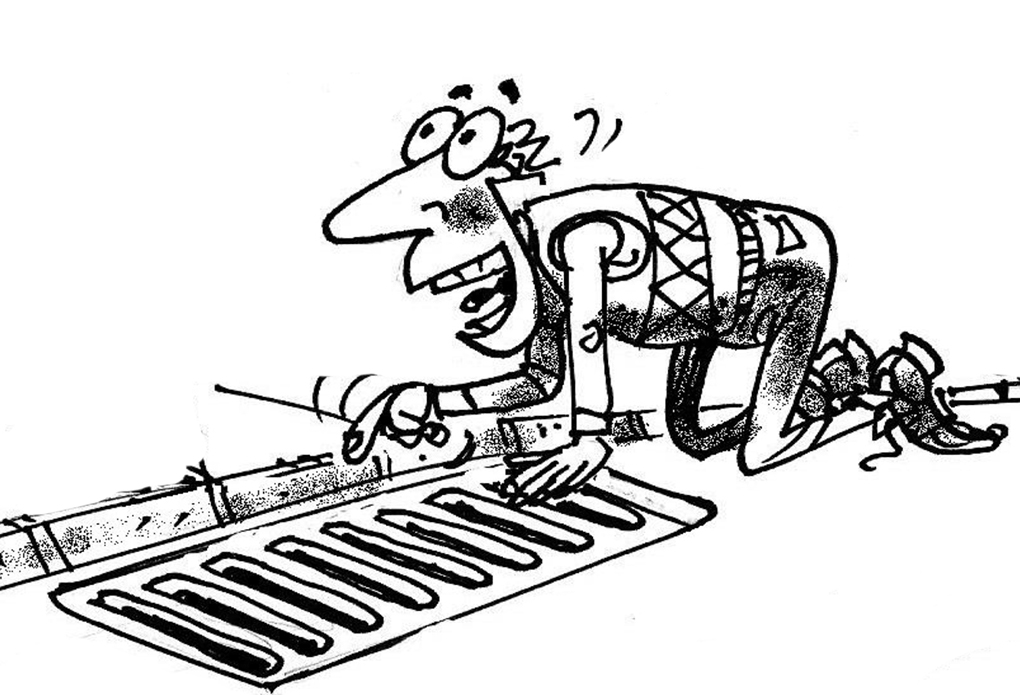

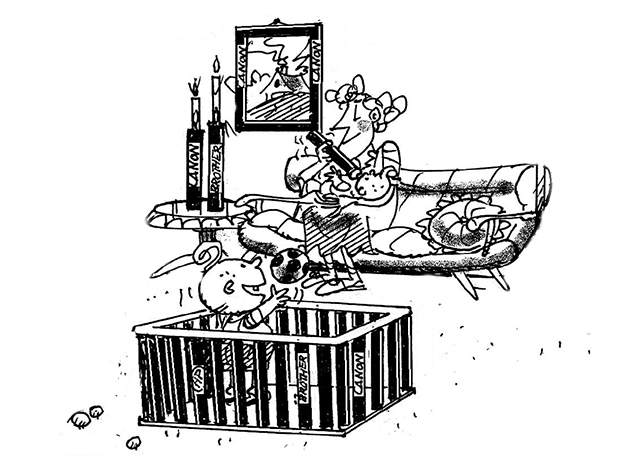



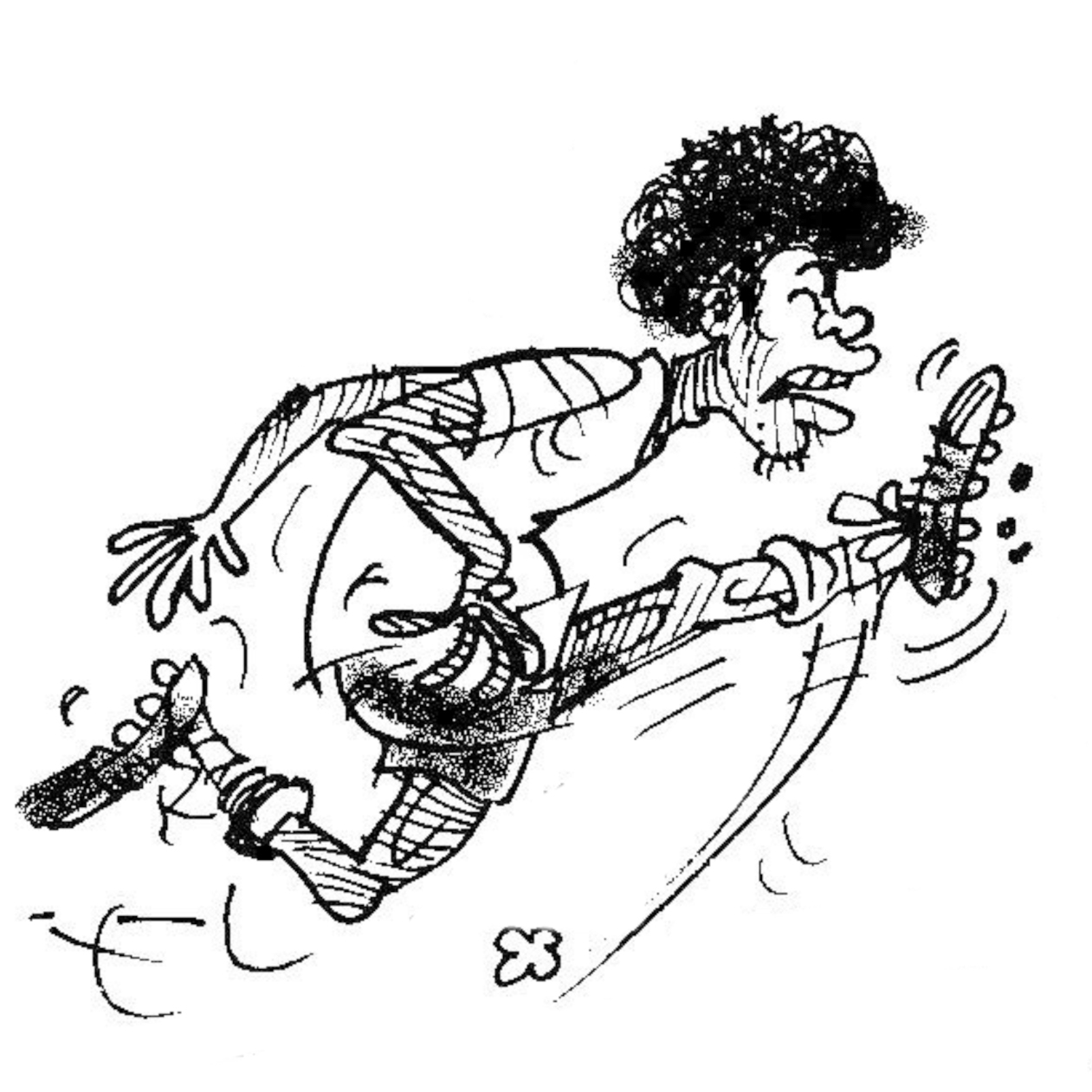

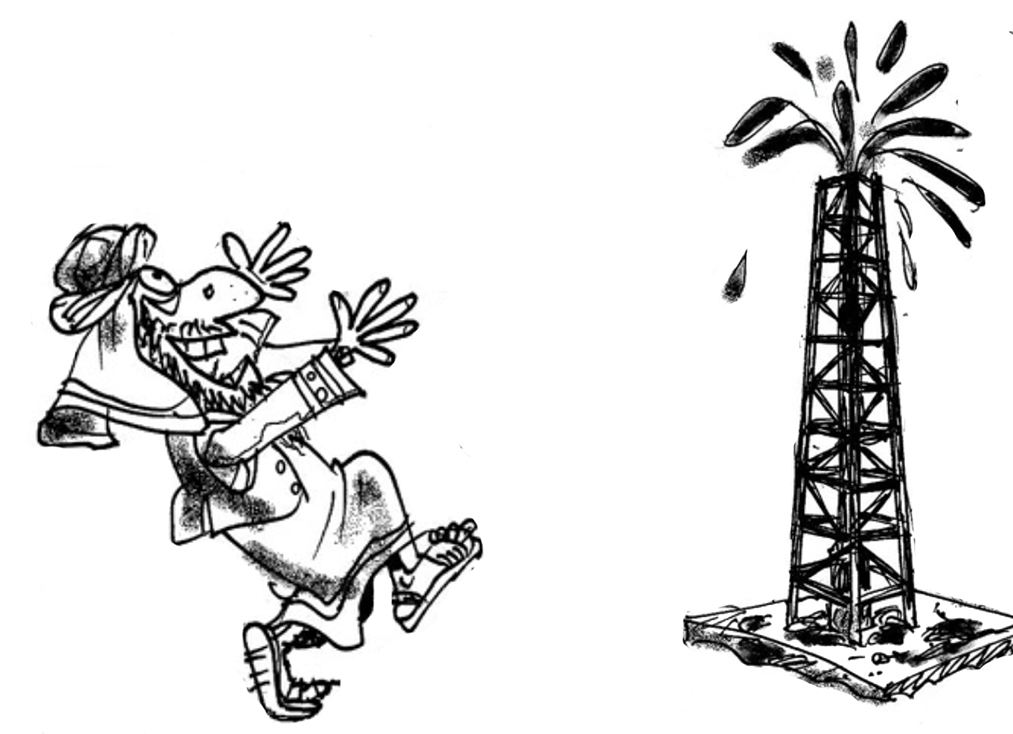
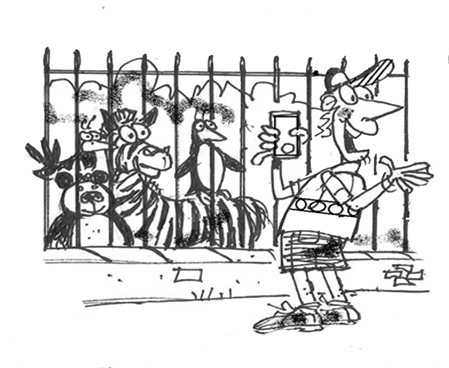
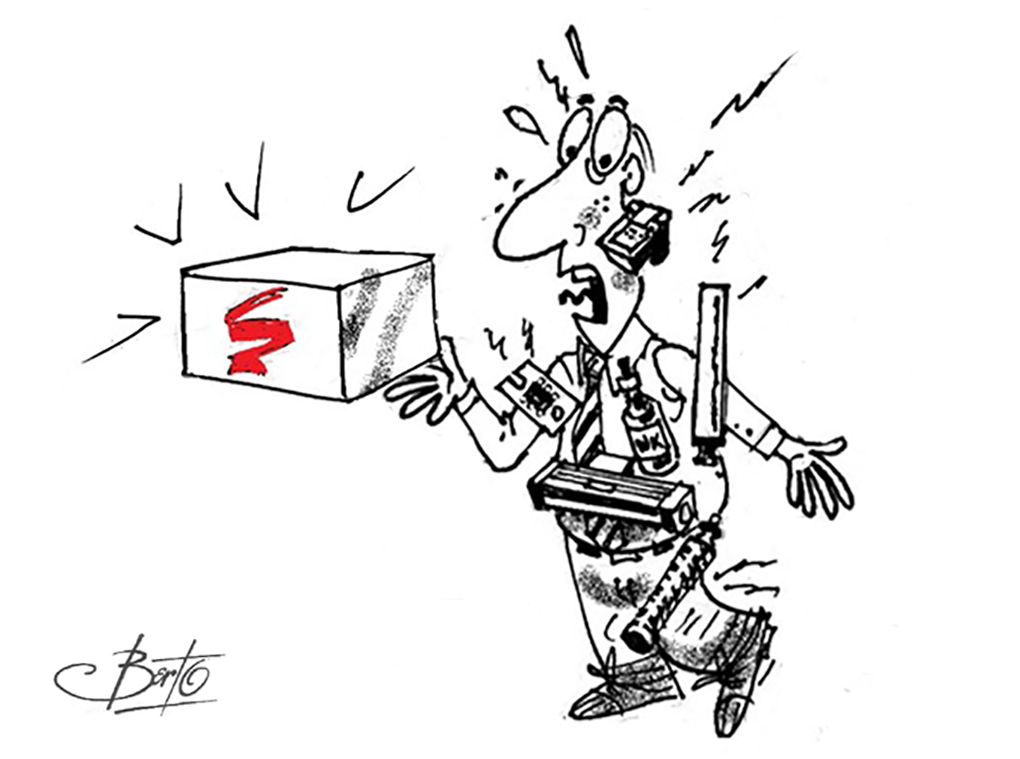

Leave a Comment
Want to join the discussion?Feel free to contribute!